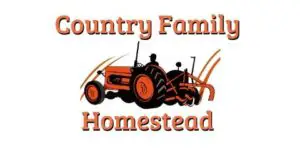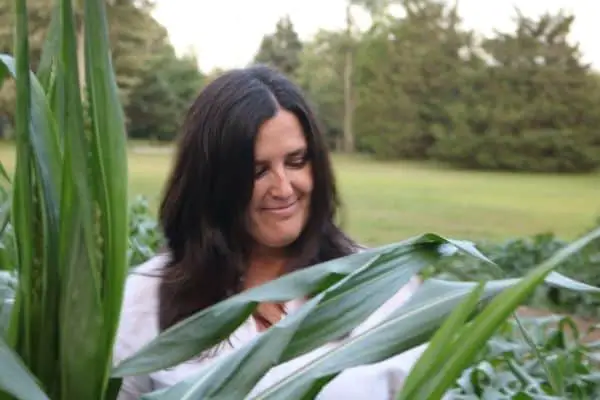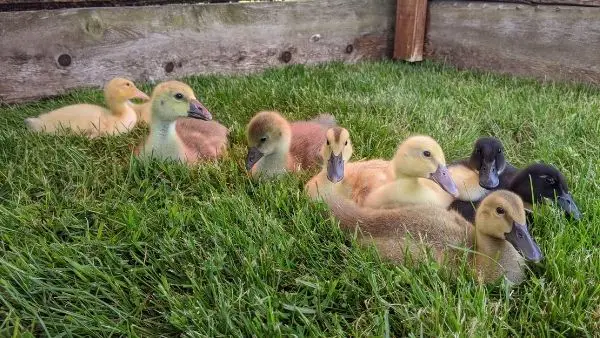Modern-day homesteading is the practice of living in a sustainable, generally natural way, given the resources one has on hand. This lifestyle can range from the traditional farmstead to urban roof gardens and compost bins. This trend shows that people now want to be connected to their food, clothes, and other goods more than ever before.
Modern day homesteading is for those that seek to be self-sufficient, work with their hands, take an active part in the consumption cycle, and enjoy the fruits of their labor. Modern homesteading has taken on various forms, from micro-steading in apartments to more traditional farm-style homesteads and everything in between.
What Does Being a Homesteader Really Mean?
Though as many stories and motivations for homesteading exists as homesteaders, simply put, they seek to “provide for our families’ futures with wisdom and reverence.” Through that approach, homesteaders seek to “prepare and be responsible for our families without denigrating anyone else’s choices.”
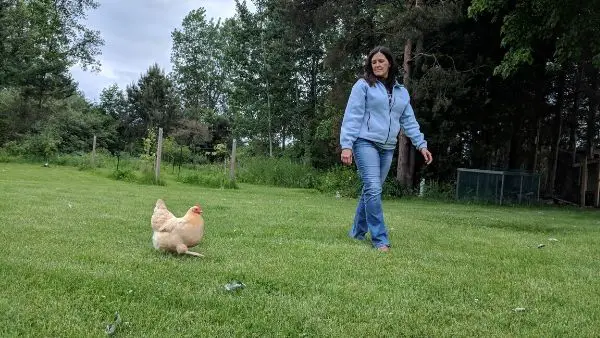
Being a modern homesteader means a lot of things, including:
- Self-reliance
- Self-sufficiency
- Preparedness
- Autonomy
- A deeper connection to the natural world
Homesteaders seek to regain a lost connectedness. Most of us go through life without thinking about how we get what we get. Modern homesteaders think about how to make what they need. The rest is gravy on top.
Holistic Viewpoint
Homesteaders often have a holistic view of their living space. Holistic refers to the belief that all things are inherently interconnected and that humans should approach life as such. That philosophy relates to the treatment of livestock and planting practices. Many rural homesteaders also home school their children and interject that holistic point of view into everyday lessons for their children.
This holistic viewpoint extends across almost all aspects of a homesteader’s worldview. The interconnectedness of things and the need for independence in existence are integral to the homesteader’s way of life.
Homesteaders often create homemade remedies using herbs and essential oils for a variety of disorders, including:
- Pest infestations
- Itching
- Headaches
- Minor inflammation
While their efficacy is disputed by western medicine, colloquial evidence suggests they offer some benefits for various conditions. Many are still used widely today across the world.
Homes Vs. Homesteads
Aside from the tragically unhoused, most of us have homes. Maybe we even have a garden. But having a home is a lot different than having a homestead.
Homesteads are organized to be as self-sufficient and self reliant as possible. While both provide shelter, there are some big differences between a homestead and just a home.
Producing Your Own Food
Nothing beats good home cooking. But home cooking made from ingredients you raised and harvested yourself, well, that’s something entirely different. Rural homesteads have the most opportunity to not only raise their own produce but also livestock. Below are a few common animals on a homestead and the products they can give to you:
| Animal | Minimum Homestead Size | Purpose |
| Bees | Urban | Honey |
| Quail | Urban | Eggs & Meat |
| Pheasants | Urban | Eggs & Meat |
| Chickens | Urban | Eggs & Meat |
| Rabbits | Urban | Meat & Fur |
| Dwarf & Pygmy Goats | Small Rural | Milk |
| Hogs | Medium Rural | Meat |
| Sheep | Medium Rural | Wool, Milk & Meat |
| Cows | Large Rural | Milk & Meat |
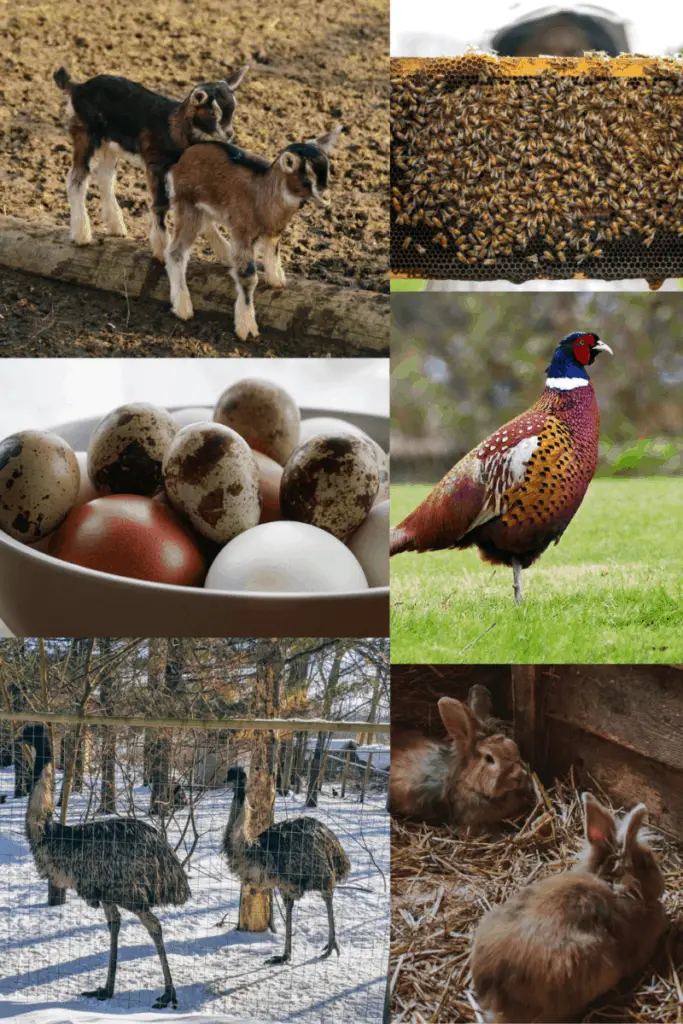
For an in-depth look at the best livestock to raise on a small homestead check out this post here on my website.
Producing Handmade Goods
Homesteaders don’t just worry about their own food and the compost they use to provide them with nutrients. They see self-sufficiency as an all-encompassing ideology. That means they make many efforts to produce these kinds of goods:
- Candles
- Soap
- Knit or woven clothes
- Quilts
- Folk medicines
- Clothes from animal leathers
Home may be where you hang your hat. But, to a homesteader, is it also where you make your hat. Homesteading aims for that lifestyle, where one’s home, and by extension life, is truly their own.
Suburban- and City-Steading
Just because you don’t live out in the country doesn’t mean that you can’t practice homesteading. There are lots of ways to get in the spirit, even with limited space. This post on my website talks about many of ways an urban homesteader can make that personal connection with their home.
Smaller homesteads are ideal for functional arts and crafts. This lets you cut down on the need to purchase goods that you can make yourself through:
- Knitting
- Sewing
- Crochet
- Woodcarving
If you have a little more space but not enough for actual livestock or cropland, you can still do some of these homesteading activities:
- Composting
- Keeping chickens
- Home-brewing beer or wine
- Making your own cheese
- Raise-Bed gardening
Regardless of your space constraints, there’s always something more you can do for yourself. That’s the cornerstone of modern homesteading: doing as much for yourself as you can is what one ought to do. Here’s a post with 10 more small-scale homesteading projects.
Making Ends Meet as A Homesteader
Many homesteaders are more than able to make ends meet through their hard work and ingenuity. Conservation of resources is vital, as are a few other factors. Some are out of one’s control, while others can be made more efficient. Some homesteaders supplement their income with day jobs as well.
Cheap (Or Free) Land
There are some municipalities still offer homesteading land for free or practically no cost, provided you meet certain criteria. Many are in Kansas, with some scattered throughout other parts of the country, like Nebraska, Iowa, and Minnesota.
Required criteria vary based on jurisdiction. Most require a fee. An intent to build a homestead is another integral requirement, and often such offers are restricted to married couples and families.
Cheap land, like that in Tennessee, West Virginia, and elsewhere doesn’t come with these onerous government restrictions, which has attracted the attention of many modern homesteaders as a result.
Turning A Profit (Or At Least Breaking Even)
There are many ways modern homesteaders can earn extra money through their lifestyle. Farmers’ markets and produce stalls are old staples, but artisanal goods can command quite a price these days and are a great option for the handier among the homesteading community.
Some potential products include:
- Proprietary herb or spice mixes
- Seeds and seedlings from heirloom crops
- Bees’ honey and wax
- Knit or sewn goods
- Handmade soaps and lotions
Some people also choose to supplement their income with a part-time job. The steady income helps protect against natural fluctuations on the homestead. In this regard, one option is to blog or start a Youtube channel, perhaps to help others get inspired to try out this great lifestyle.
Where Can I Start?
Anywhere, truthfully. Homesteading projects and general self-sufficiency pursuits make great hobbies, even if you can’t devote much space to it. That said, some modern homesteaders like to “go big or go home.”
How Much Space Do You Have?
Your housing situation is a huge factor in what degree of modern homesteading you can start out with, but the good news is everyone can start somewhere! Whether a cramped apartment, a small house, or a nice big one with a large yard, anyone can become more self-reliant, even if only a little at first. Below are some ideas for how to do just that based on where you’re living:
| Housing | Space | Livestock? | Crops? | Textiles? | Misc. |
| Apartment | Closets, window sills | N/A | Herbs, gourmet mushrooms | Knitting, sewing | Homebrewed mead/wine, pickled foods, homemade cheese |
| House, Small Yard | Above, plus some yard space | Chickens (space permitting) | Potted fruits/veggies | Above | Above, plus carpentry |
| House, Large Yard | Above, plus 1+ acres yard space | Chickens, goats, sheep | Raised bed or greenhouse gardening | Above, plus a potential source of raw wool | Above, plus woodworking and mechanical projects |
Not all these ideas are going to work for everyone. For example, I make my own Maple Syrup which requires maple trees that only grow in certain regions. Keep these sorts of environmental concerns in mind starting. Also, don’t try out something time consuming if you can’t commit the time to it. It’ll leave you demoralized and your homestead no closer to self-sufficiency.
Homesteading is Where the Heart Is
Modern day homesteading is certainly hard to define in one or two sentences, but rather what does it mean to you. It could be growing and preserving food, raising chickens, crafting useful products by hand. Whatever makes you feel self reliant and connected to you homestead is what you should embrace and let yourself enjoy the results.
